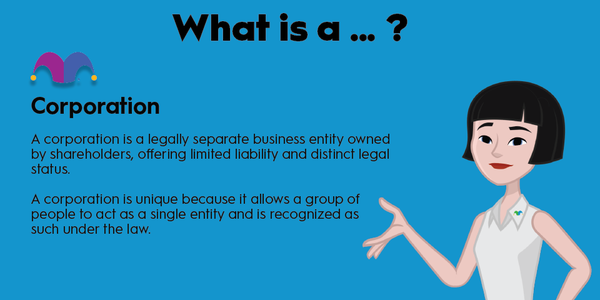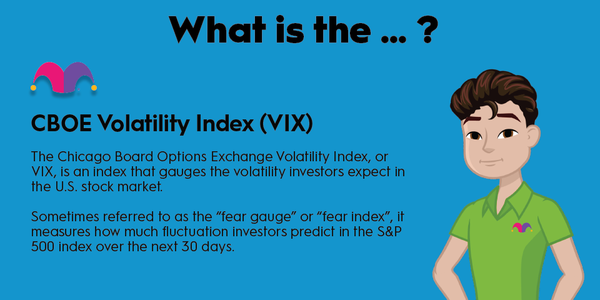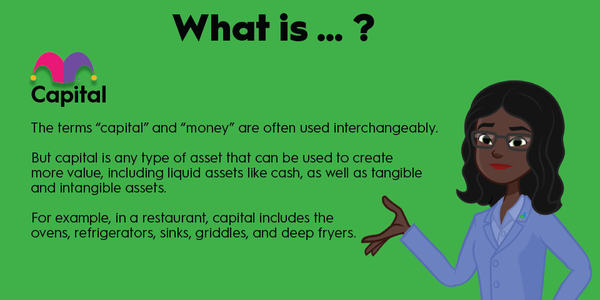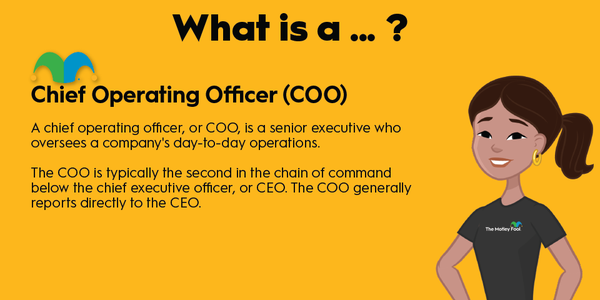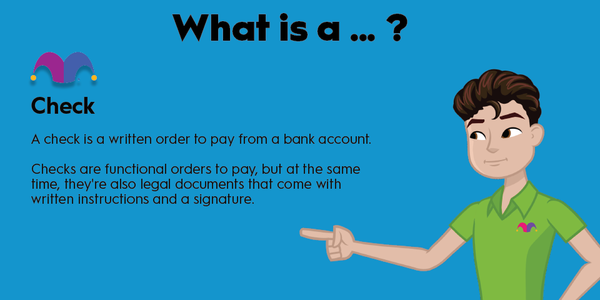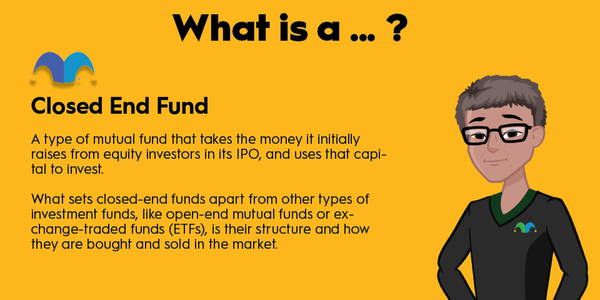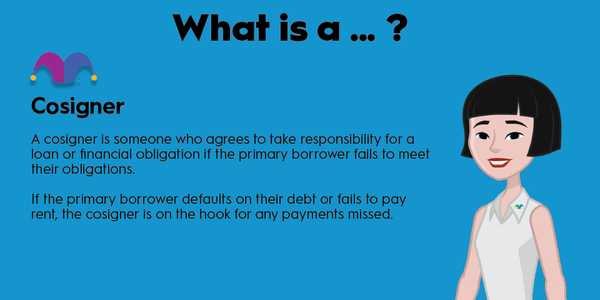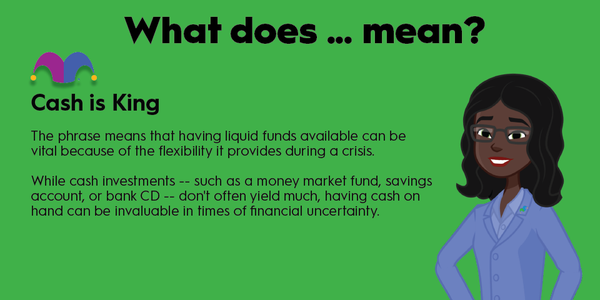Colored coins are cryptoassets with additional metadata that represent real-world or digital assets. The original concept for colored coins made use of the Bitcoin (BTC -1.88%) blockchain and was designed to "color" specific Bitcoins to distinguish them from the rest.

The goal of colored coins was to use Bitcoin and its existing infrastructure for non-monetary transactions. Although colored coins never completely took off on their own, they inspired new technology that's widely used today.
What makes them unique?
What makes colored coins unique?
A cryptocurrency is fungible by design, meaning every unit is exactly the same and replaceable with another. For example, there's no difference between one BTC you own and one BTC that another person owns.
Colored coins refer to methods that enable adding new elements to fungible coins. When elements are added to a set of coins, it's known as coloring those coins because they're now different from the rest. They have special properties that make them unique and valuable independent of their face value as cryptocurrency.
Where they came from
Where colored coins came from
The concept of colored coins dates back to 2012, and there are multiple parties credited with inventing it. Meni Rosenfeld, president of the Israeli Bitcoin foundation, was the first to publish a white paper about it. He released the "Overview of Colored Coins" on Dec. 4, 2012.
Another white paper about colored coins was published in 2013. This one was co-authored by Rosenfeld, Yoni Assia, Vitalik Buterin, Lior Hakim, and Rotem Lev. (Buterin would later develop the Ethereum (ETH 0.07%) blockchain so that it could run smart contracts -- in many ways, a more advanced version of colored coins).
How they work
How colored coins work
A colored coin is a cryptocurrency that includes a promise by an asset issuer to provide a good or service for the owner of the coin. The asset issuer creates colored coins by encoding some of their own cryptocurrency with metadata using a special crypto wallet that knows how to color coins.
The metadata specifies the obligations of the asset issuer to the coin holders. For example, a musician can issue colored coins giving owners the right to attend a concert at a specific date and location. Everyone who has one of the colored coins can then attend.
After creating colored coins, the asset issuer can transfer them to other parties. The transfers are processed as transactions on the cryptocurrency's blockchain network so they offer the same level of security and irreversibility.
Use cases
Use cases for colored coins
There are many potential use cases for colored coins. Here are a few examples of what can be done with them:
- A company can use colored coins to represent shares, allowing coin holders to trade shares, vote, and earn dividends.
- A community can create its own community cryptocurrency that's secured by the Bitcoin blockchain.
- Subscription services can use colored coins to represent memberships. For example, a streaming company can tie membership to colored coins, making them transferable and secure.
- Colored coins can also serve as ownership records for both real-world and digital assets on the blockchain. A colored coin can be used to manage ownership of a painting, image, or e-book, to name a few examples.
Examples
Colored coin examples
Colored coins aren't widely used, but there are a couple of cryptocurrencies that have them. The most notable is IOTA (CRYPTO:MIOTA), which has a version of colored coins called native assets. Native assets are customized tokens that represent real-world assets. Chia (CRYPTO:XCH) also has colored coins for token issuances of alternate coins, assets, and stablecoins.
Even though colored coins never achieved widespread adoption, developers used the concept to advance blockchain technology. Smart contracts, or self-executing programs that run on a blockchain, can digitize real-world assets, among many other potential applications. Many of the most successful blockchains are capable of running smart contracts.
Non-fungible tokens (NFTs) are another example of blockchain technology that connects back to colored coins since they manage ownership using a blockchain. An NFT is created by encoding a crypto token with ownership data for a digital asset. It can be used to show who owns an image, video, digital avatar, a web domain, or any other digital asset.
Can you invest?
Can you invest in colored coins?
You can't invest in colored coins since they're simply a capability of certain blockchains. However, you can invest in cryptocurrencies that have technology related to colored coins.
The best place to start is with smart contract blockchains. Practically anything can be written as a smart contract, so the technology has the same capabilities as colored coins -- and much more. If you want to invest in something similar to colored coins, blockchain networks with smart contract functionality are the closest option.
Ethereum was the first smart contract blockchain. It’s also the largest by a wide margin. Here are a few other smart contract blockchains to consider:
You could also try investing in NFTs, although their value is highly speculative. Each NFT has a record of ownership for a specific digital asset, so they also have some similarities to colored coins. There are several NFT marketplaces you can use to buy and sell NFTs, with OpenSea being the largest.
It's important to mention that all cryptocurrency investments are volatile, and NFTs are particularly risky. If you decide to invest, limit it to a small portion of your overall portfolio, and don't spend any money you can't afford to lose.
Related Investing Topics
The future of colored coins
Colored coins were a big step forward for blockchain technology. The technology was originally used solely for transferring digital currencies on a decentralized network. Colored coins introduced the idea of storing and transferring more than just money on the blockchain.
As blockchains become more integrated with the real world, we'll likely see more examples of real-world and digital assets being managed using crypto tokens. Even if this is done using smart contracts, it all comes from the idea of colored coins.


